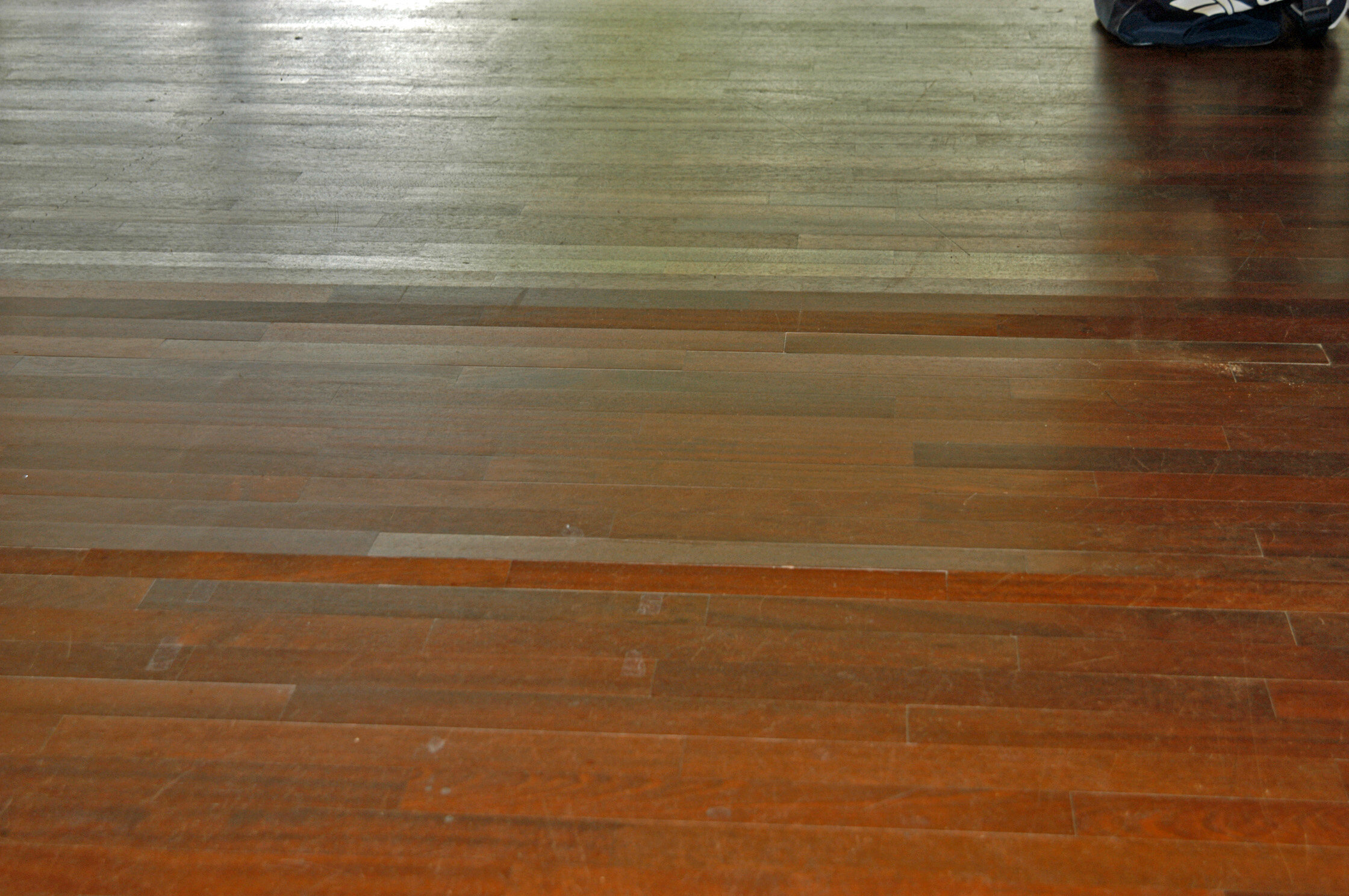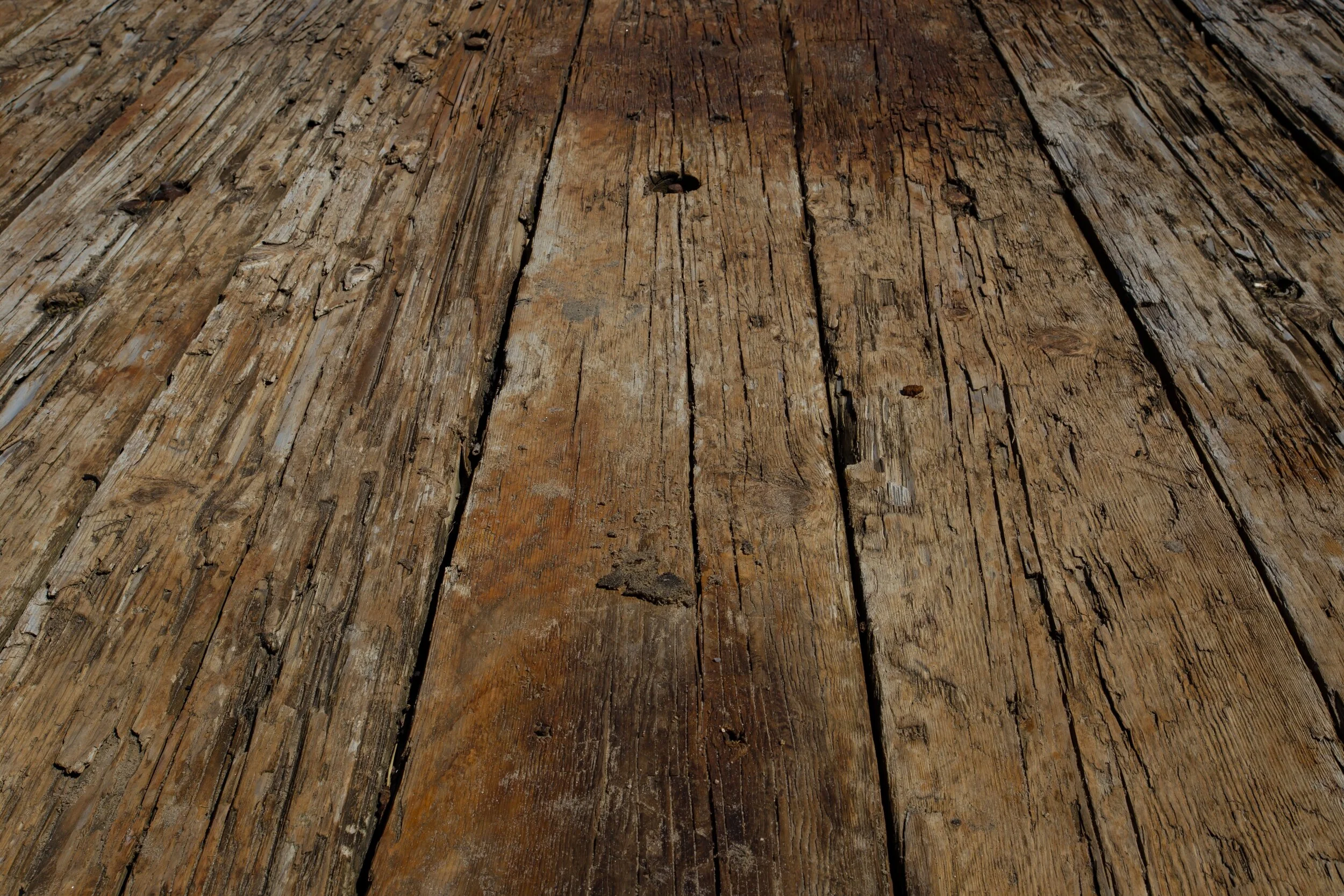
Typical damages / Wood Rot
Wood Rot
Rot or wooden decay is caused by fungal attack on wood. Different fungal species that need high moisture (typical higher than 20 weight % in wood) favour wood as nutrient. The most common species are dry rot and brown rot.
What to look for
Wood rot occurs where wood is in contact with moisture, usually in presence of condensation or water leakages from pipes or leaks in the building envelope, typically from roofs. The wooden construction will be weakened and therefore softer than sound wood, which can be tested with a thin knife or awl. The appearance of wood rot depends on the fungal species that have caused the attack.
Risks
A rot attack causes wood decay, resulting in reduced strength and ultimately collapse of the wooden construction. How fast a rot attack develops depends on the available moisture. If moisture supply is stopped, the attack stops but will return if moisture again becomes available. Some fungal species need long time exposure to high moisture content before the wooden construction weakens substantially, while other species weakens the wooden constructions fast if the conditions especially favours these species. Fungal growth can – depending on the species – result in unpleasant odour and emissions, which must be considered as an indoor problem. Depending on exposure and immunological reactivity of the inhabitants the inhalation of airborne micro-organisms and their metabolites of some species may cause respiratory symptoms.
Why it occurs
Rot or wood decay caused by fungal growth is a failure mechanism for wooden constructions that is closely linked to moisture, as high water activity is a prerequisite for fungal growth. Consequently, fungal growth starts when the moisture content in wood exceeds a threshold value. The threshold value depends on different factors:
Time of wetness, i.e. time above the certain threshold value
Previous attacked wood has a lower threshold value than sound wood
Temperature
Some fungal species (dry rot) are able to transport moisture over several meters, and through other materials than wood, enabling rot attack far away from the moisture source.
Where to look for risks
In historic masonry facades, wood is mostly used for half-timbering in external walls. Although structural floors are not a part of the wall, wooden beam ends and supporting laths may be placed in the external walls and therefore in direct contact with bricks or stones in the external wall. Consequently, the moisture content of the embedded timber will be dependent of the moisture conditions in the wall. Condensation or liquid water sources e.g. penetrating rain are usually a prerequisite for fungal growth. If the building is internally insulated with systems that contain wooden materials e.g. wooden framing, there is a risk of rot if condensation can occur due to insufficient vapour barrier or if water from driving rain is trapped in the internal insulation.
What to do
The most important measures to minimize or prevent rot attacks are:
Controlling the moisture, ensuring the moisture level will not exceed the threshold value, coupled with a temperature threshold
Prevent water ingress into the wall; e.g. make sure joints in brick walls are filled, and with no leaks from rainwater drainage systems or through roofs
Limit the use of wood in critical parts of the envelope
If parts of the original structure are renewed it is possible to choose other materials, e.g. replacing wooden beam ends with concrete beams. When parts of the construction are replaced, not only the damaged wood is removed; sound wood must also be removed to create a safety zone. How much sound wood that should be removed depends on the fungi species.






